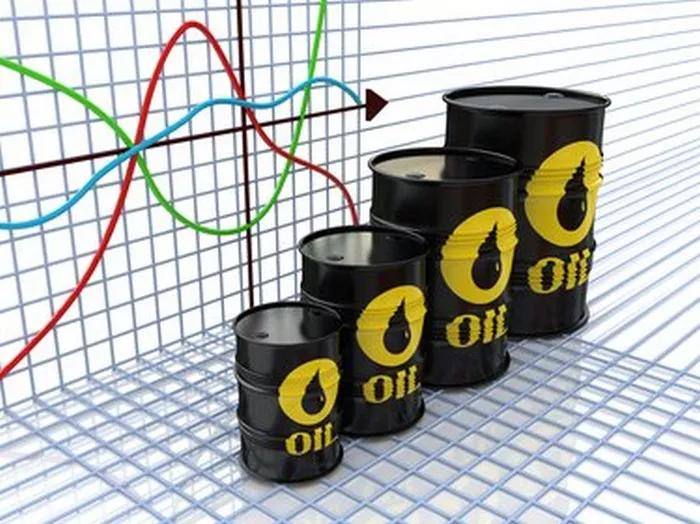Oil backwardation is a term commonly used in the financial and energy sectors to describe a specific market condition where the price of oil for immediate delivery is higher than the price of oil for future delivery. This phenomenon occurs when the supply of oil is perceived to be tight or when demand is expected to increase in the future. In this article, we will delve deeper into the concept of oil backwardation, its causes, and its implications for the energy market.
Defining Oil Backwardation
In order to understand oil backwardation, it is important to first grasp the concept of futures contracts. Futures contracts are financial instruments that allow market participants to buy or sell a commodity, such as oil, at a predetermined price and date in the future. These contracts serve as a means for hedging against price volatility and speculation.
Backwardation, in the context of oil, occurs when the current or spot price of oil is higher than the price of oil futures contracts with later expiration dates. In other words, it reflects a market expectation of a tighter supply-demand balance in the future, leading to a higher immediate price.
Causes of Oil Backwardation
Oil backwardation can be driven by various factors, including:
-
Supply Constraints
When there are concerns or disruptions in the production or distribution of oil, the market anticipates a decrease in future supply. This expectation can drive up the spot price of oil relative to futures prices, creating a backwardation scenario.
-
Geopolitical Tensions
Political instability or conflicts in major oil-producing regions can significantly impact oil supply. Any perceived threat to the availability of oil in the future can lead to backwardation as market participants adjust their expectations and demand higher immediate prices.
-
Inventory Drawdown
If inventories of crude oil are declining, it suggests that demand is outpacing supply. This situation can signal a potential shortage in the future, resulting in backwardation as market participants bid up spot prices.
-
Anticipation of Increased Demand
If market participants anticipate a surge in future demand for oil, perhaps due to economic growth or seasonal factors, they may be willing to pay a premium for immediate delivery. This expectation of rising demand can drive oil into backwardation.
Implications of Oil Backwardation
Oil backwardation has several implications for the energy market and market participants:
-
Higher Spot Prices
Backwardation generally leads to higher spot prices as immediate delivery commands a premium. This can impact industries reliant on oil and petroleum products, potentially increasing costs and squeezing profit margins.
-
Supply Squeeze
Backwardation can signal a tightening of oil supply, which may have broader implications for the global economy. If supply constraints persist, it could lead to higher energy costs and potential disruptions in industries heavily reliant on oil, such as transportation and manufacturing.
-
Investment Considerations
Backwardation can influence investment strategies in the energy sector. Some investors may view backwardation as an opportunity to capitalize on potential price increases by purchasing oil futures contracts. However, it is essential to carefully evaluate market conditions, risks, and the underlying factors driving backwardation before making investment decisions.
-
Demand-Supply Balance
Oil backwardation can serve as an indicator of a potential imbalance between oil supply and demand. It suggests that market participants anticipate a future increase in demand or a decrease in supply, potentially prompting adjustments in production and investment decisions by oil producers.
Contango and the Flipside of Backwardation
While backwardation describes a scenario where spot prices are higher than future prices, the opposite condition is known as contango. Contango occurs when future prices exceed spot prices, typically indicating a market expectation of oversupply or weakening demand in the future.
Contango and backwardation are both temporary market conditions that reflect the expectations and sentiment of market participants. They can provide insights into the supply-demand dynamics and help inform investment strategies in the energy market.
Conclusion
Oil backwardation, a market condition where the immediate price of oil exceeds future prices, reflects expectations of tightening supply or increasing demand in the future. It can be driven by factors such as supply constraints, geopolitical tensions, inventory drawdown, and anticipated demand growth. Backwardation has implications for spot prices, supply dynamics, investment decisions, and the overall demand-supply balance in the energy market.
As with any investment or market analysis, it is important to conduct thorough research, seek expert advice, and consider various factors before making decisions based on oil backwardation. The energy market is complex and subject to multiple influences, and careful evaluation is crucial to navigate its intricacies successfully.

